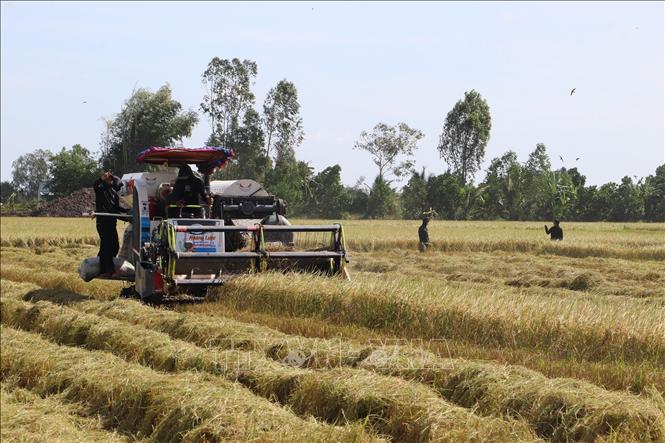
According to experts, scientists , and researchers, weeds and grassy rice compete directly with rice plants for nutrients, light, and living space, reducing rice yield by 15-50% if not controlled; are a haven for pests and diseases; and cause difficulties in harvesting and tilling the land.
Vietnam discovered the first case of weedy rice in 1994. Weedy rice is now present in all rice growing areas of the provinces and cities of the Mekong Delta. In Dong Thap, the average number of weedy rice plants recorded was 11 - 20 plants/m2, in An Giang it was 31 - 58 plants/m2, etc. According to statistics from the School of Agriculture, Can Tho University, there are currently over 30 different strains of weedy rice appearing in the Mekong Delta.
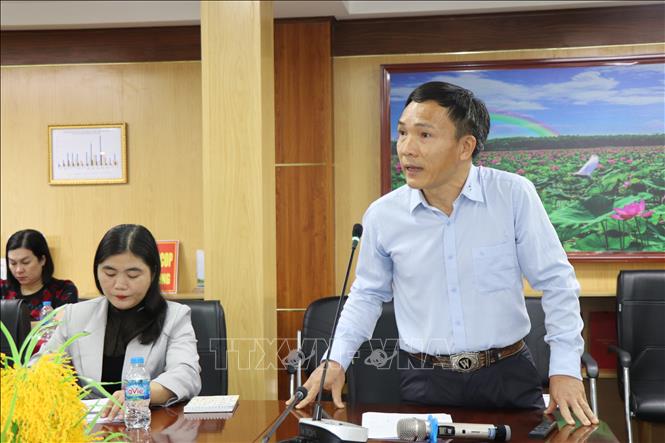
Dr. Nguyen The Cuong, Department of Agronomy, Mekong Delta Rice Institute, said that weedy rice is the same species of rice as cultivated rice but is a subspecies. Weedy rice has many different names such as: ghost rice, wild rice, wild rice, etc. Weedy rice has a short growing period, ripens early, and the seeds fall easily before and during harvest, creating a source of seeds that exist in the field and spread to the next crop. Weedy rice appears a lot in the Spring-Summer and Summer-Autumn crops. Weedy rice grows and develops very strongly, competing directly for nutrients and light with cultivated rice, reducing rice yield; can cause yield loss of 15-20%, even total loss, and at the same time seriously infect the following crops. Fields heavily infected with weedy rice reduce the quality of rice as well as its consumption and export value.
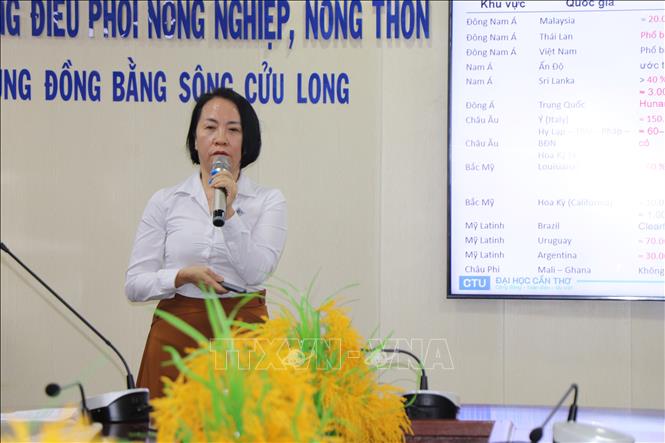
According to Dr. Ho Le Thi, College of Agriculture, Can Tho University, controlling weedy rice is very difficult because weedy rice looks very similar to cultivated rice, especially in the early stages. In addition, weedy rice is diverse and closely related to cultivated rice, so the use of chemical control measures is very limited.
“Weedy rice has the ability to crossbreed to create different lines, including lines resistant to herbicides. From there, the area of weedy rice will increase,” according to Dr. Ho Le Thi. This is a big challenge in weedy rice management.
According to research and surveys by agronomists, the reason why rice fields are infected with weeds is because the weeds in the seed rice fields are not thoroughly treated, leading to the regrowth of weeds; when there are 1-2 weeds in the fields, farmers do not pay attention, leading to the spread of weeds; cutting off weeds in the fields; due to combine harvesters; due to the broadcast method;...
Weedy rice seeds can remain dormant and survive in the soil for many years (2 - 12 years), creating a large seed bank that re-infects the field in the following seasons. Weedy rice seeds are prone to shedding and early shedding, increasing the weedy rice seed bank in the soil in the following seasons. Dr. Ho Le Thi calculated the problem of weedy rice outbreak hypothesis: one weedy rice seed can produce 200 weedy rice seeds after one season and after each rice crop the number of weedy rice seeds increases and the number of weedy rice seeds can increase to 100 million seeds after 4 rice crops.
Meanwhile, Mr. Bui Van Kip, consultant of Bayer Vietnam Company, said that there is no herbicide that is 100% effective on weedy rice and safe for rice plants. Pre-emergence or post-emergence herbicides have an effect on weedy rice, but not all of them are effective.
In 4 years, Bayer Company has conducted 24 experiments to produce results on the effective time to use herbicides to kill weeds on weedy rice. The time to spray the herbicide to effectively kill weedy rice is 3 days before sowing to 1 day after sowing. "This time is the best time to both manage weeds and limit weedy rice in the field. After that, keep water in the field to be effective", Mr. Kip informed.
From the perspective of local agricultural officials, Mr. Vo Thanh Nghia, Deputy Director of the Center for Agricultural Extension and Agricultural Services of Tay Ninh province, said that currently, on the network media system, there are many advertisements for biological products to control ground rice and weedy rice. Many companies have come to the Center to introduce biological products to control weedy rice and ground rice, but agricultural extension officers are not sure and confident about the results, so they do not recommend them to farmers for use.
From many years of observing and monitoring fields, to manage weedy rice, Mr. Le Van Dung, Deputy Director of the Agricultural Extension Center of An Giang province, recommends that farmers should use certified seeds, not leave seeds in fields that have been infected with weedy rice from the previous crop; remove empty seeds before soaking and incubating.
For areas with the practice of broadcast sowing but infected with weedy rice, it is necessary to switch to row sowing or transplanting (hand transplanting or machine transplanting) to make it easier to weed and easily identify and remove weedy rice when the plants are still small.
“After harvesting, water the field to create favorable conditions for weedy rice to grow. When the weedy rice has 3-5 leaves, use non-selective herbicides to kill it, then plow, or bury the rice without herbicides, and till the soil before planting. This method will kill most of the weedy rice seeds buried in the soil,” said Mr. Dung.
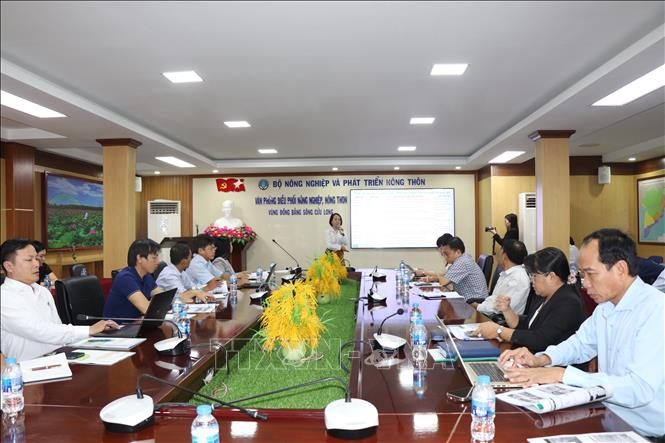
From collecting and synthesizing experience in managing weedy rice in a number of countries, Dr. Ho Le Thi recommends that to manage weedy rice, the state needs to establish a strict seed certification program, farmers only use certified quality seeds, not contaminated with weedy rice seeds; apply weed management measures and good practices in controlling weedy rice; train technicians to identify and test weedy rice early, because currently weedy rice strains are variable and diverse, making it difficult to identify;...
Dr. Ho Le Thi said that the government should advise farmers to manage weedy rice by cutting off the weeds close to the roots and destroying them to prevent the weeds from falling. “When removing weedy rice, farmers should not cut the flowers and pull out the plants, leaving the rice flowers on the fields and banks,” Dr. Thi noted.
Experts and scientists also recommend that agricultural management agencies should pay attention to the application of the alternate flooding and drying method that is being deployed to respond to climate change in the implementation of the 1 million hectare rice project in the Mekong Delta. Because the alternate flooding and drying method can be a nurturing stage for weedy rice germination. Therefore, it is necessary to develop a reasonable process for each different rice production ecological region. If every ecological region applies the alternate flooding and drying method, it will easily lead to the problem of weedy rice.
In recent years, countries around the world have paid much attention, researched, and reported on the issue of weedy rice. Currently, research on weedy rice in Vietnam has only stopped at investigation, survey, level of damage, prevalence, characteristics, morphology, etc. There has not been any large-scale research and experimentation to calculate the damage caused by weedy rice in the fields. Therefore, localities expect that in the coming time, researchers and scientists will have a research program, announce the main causes of weedy rice; the rate of damage caused by weedy rice; biological solutions to control weedy rice...
Source: https://baotintuc.vn/kinh-te/moi-nguy-lua-co-tren-dong-ruong-o-dong-bang-song-cuu-long-20251017170433456.htm





![[Photo] Cat Ba - Green island paradise](/_next/image?url=https%3A%2F%2Fvphoto.vietnam.vn%2Fthumb%2F1200x675%2Fvietnam%2Fresource%2FIMAGE%2F2025%2F12%2F04%2F1764821844074_ndo_br_1-dcbthienduongxanh638-jpg.webp&w=3840&q=75)




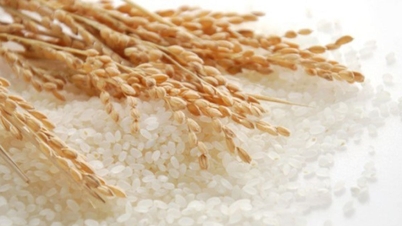

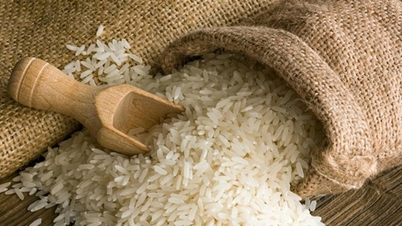
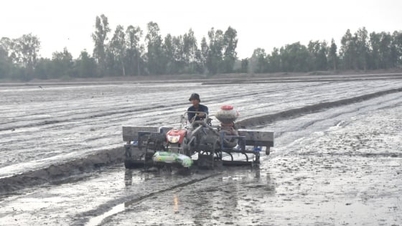

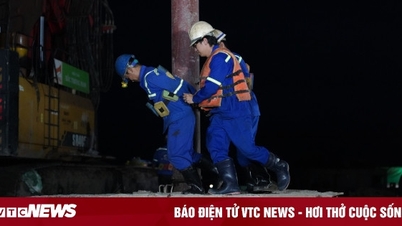

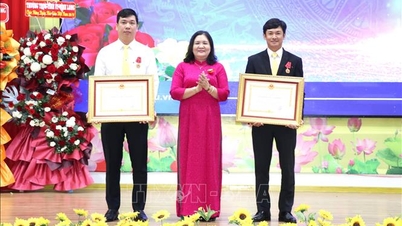
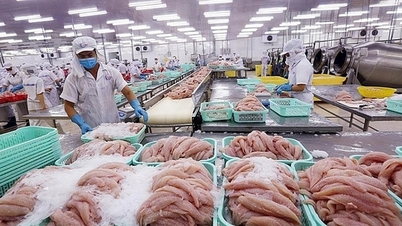


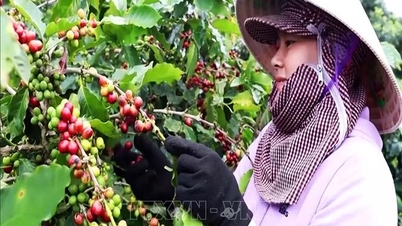
![[Infographic] Cross-calculated exchange rates to determine taxable value from December 4-10](https://vphoto.vietnam.vn/thumb/402x226/vietnam/resource/IMAGE/2025/12/04/1764832340841_infographic-ty-gia-tinh-cheo-de-xac-dinh-tri-gia-tinh-thue-tu-4-1012-20251204120447.jpeg)


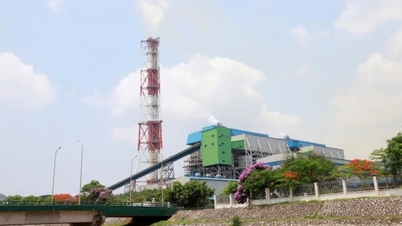





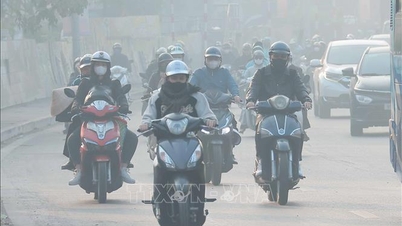
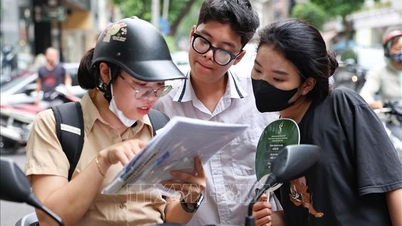


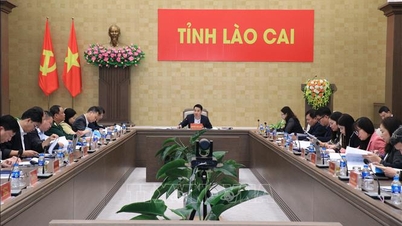


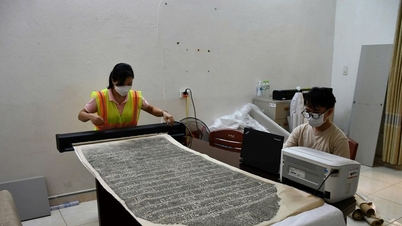

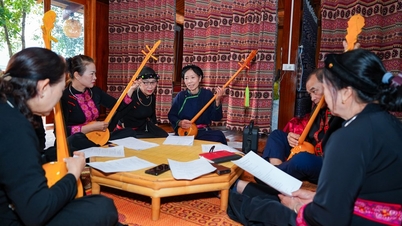



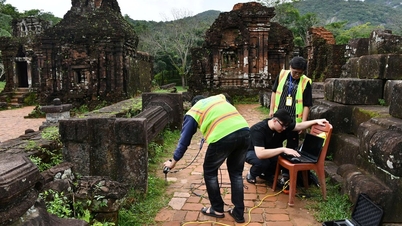
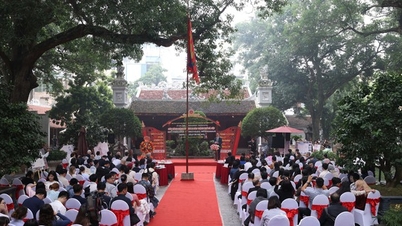




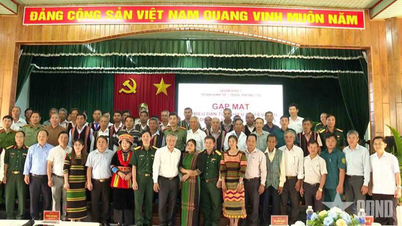

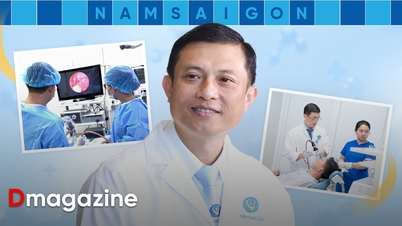

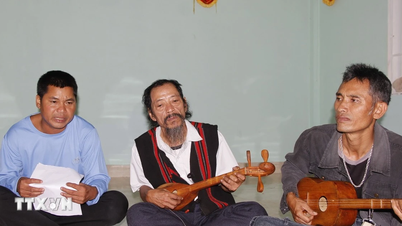





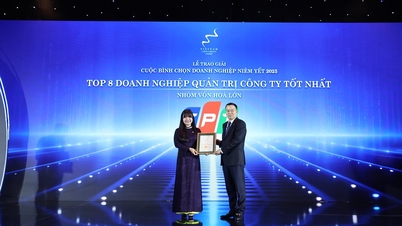

![[VIMC 40 days of lightning speed] Da Nang Port: Unity - Lightning speed - Breakthrough to the finish line](https://vphoto.vietnam.vn/thumb/402x226/vietnam/resource/IMAGE/2025/12/04/1764833540882_cdn_4-12-25.jpeg)

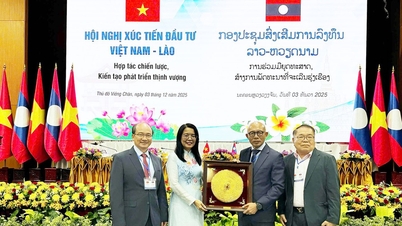
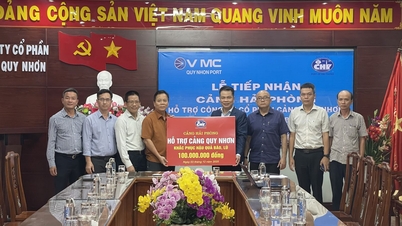
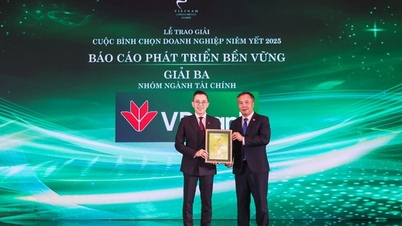












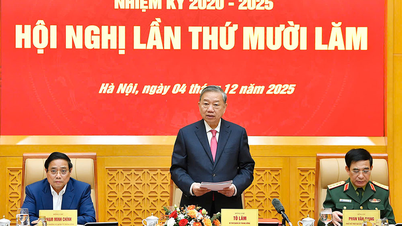
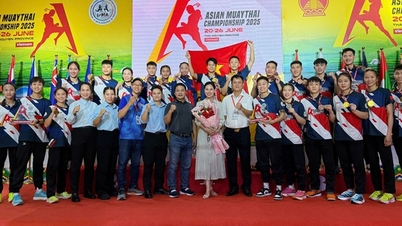





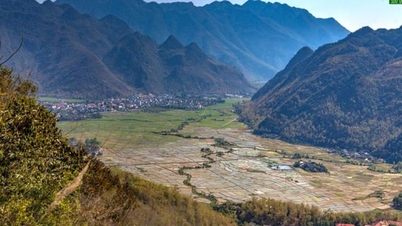





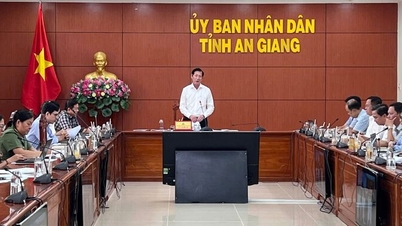

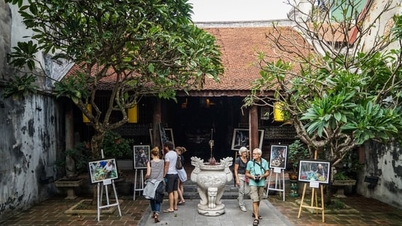
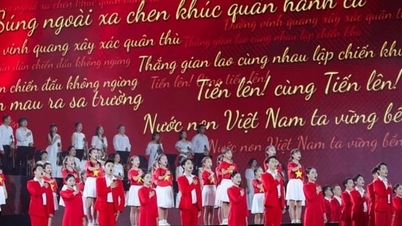








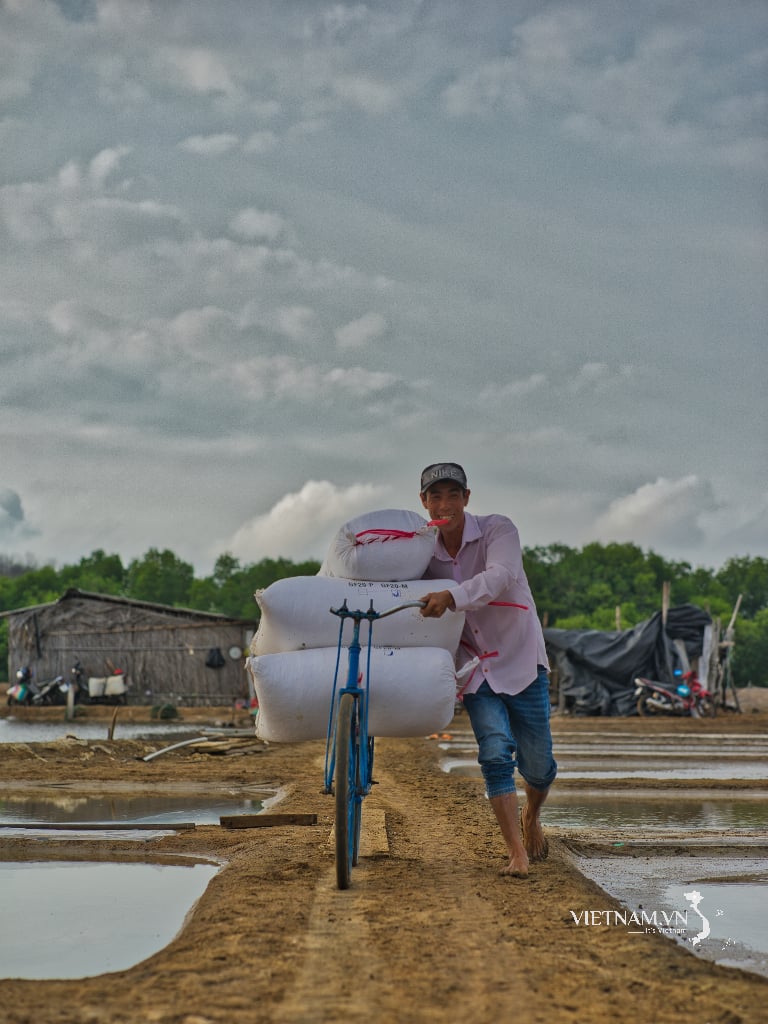

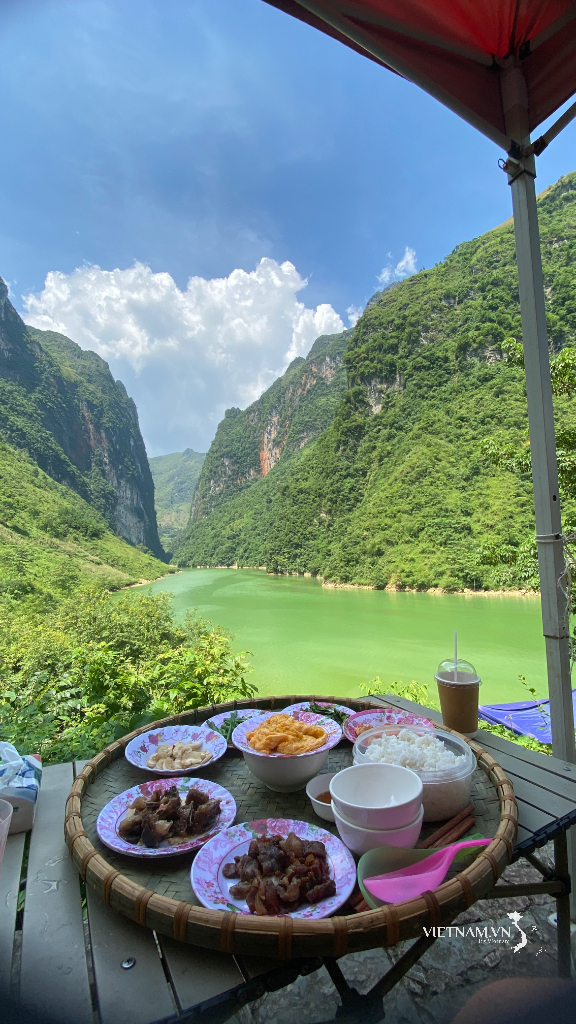
Comment (0)